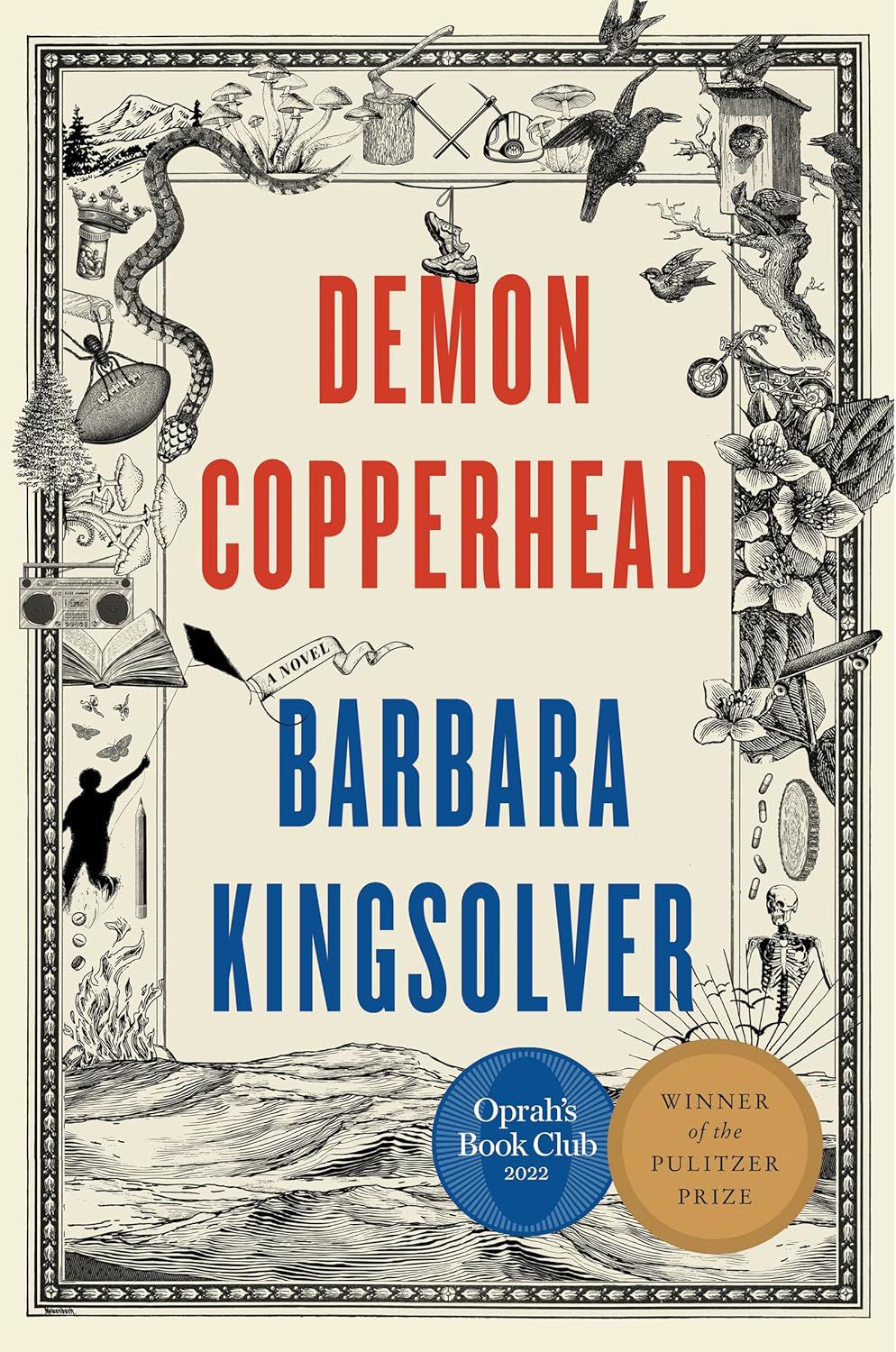
When I told a friend that I was reading the first in a series of six autobiographical novels written by a forty-four-year-old Norwegian, he asked me “Why?” The simplest answer might be “curiosity”: I wanted to try and understand why Karl Ove Knausgård’s story had been such a phenomenal success in Norway (over 450,000 books from the series sold in a country with fewer than five million inhabitants); why James Wood (literary critic for the New Yorker) had described the work as “Ceaselessly compelling… Superb.” Part of the books’ appeal, I think, stems from our voyeuristic impulses, the human desire to see what is normally forbidden, the urge to know what goes on behind closed doors. But to judge from My Struggle Book 1: A Death in the Family (Vintage), there is more than mere voyeurism behind the books’ success, for the writing manages to lift daily life into the realm of literature, illustrating how the mundane and the deeply significant often exist side by side. The main focus of A Death in the Family is Knausgård’s relationship with his father, a complicated, conflicted man whom we (as with his son) never really get to know. A pivotal moment occurs midway though the book: “I was almost thirty years old when I saw a dead body for the first time. It was the summer of 1998, a July afternoon, in a chapel in Kristiansand. My father had died. He was laid out on a table in the middle of the room, the sky was overcast, the light in the room dull, outside the window a lawnmower was slowly circling round a lawn.”








